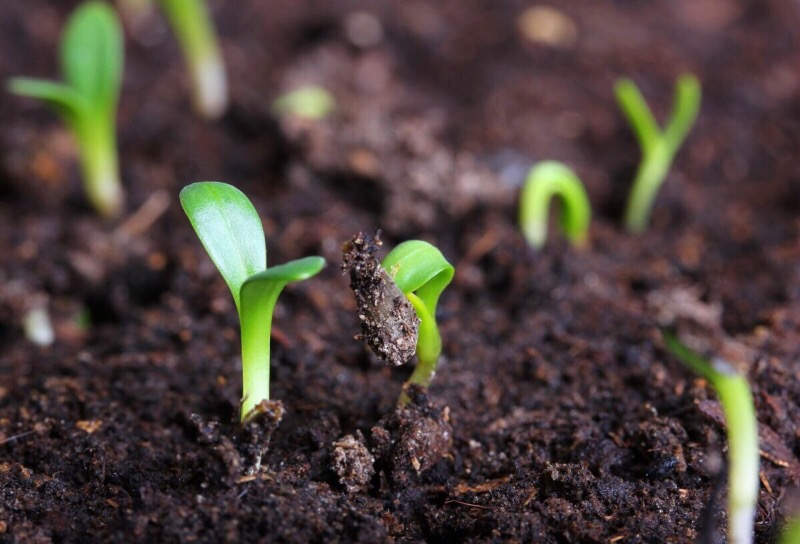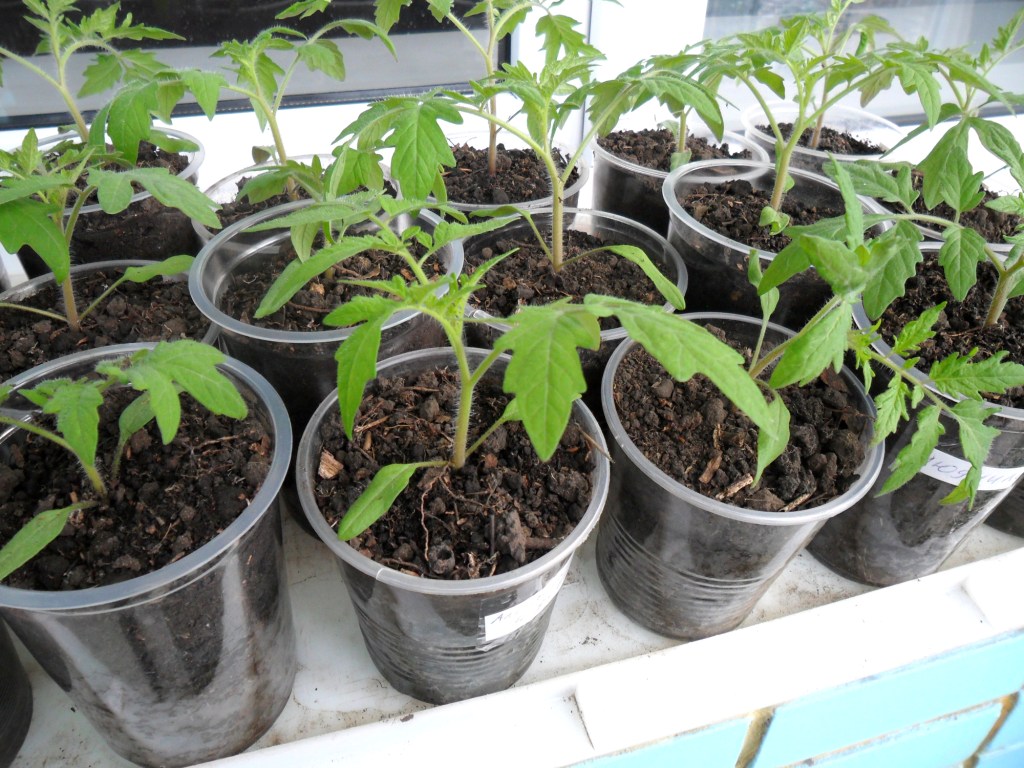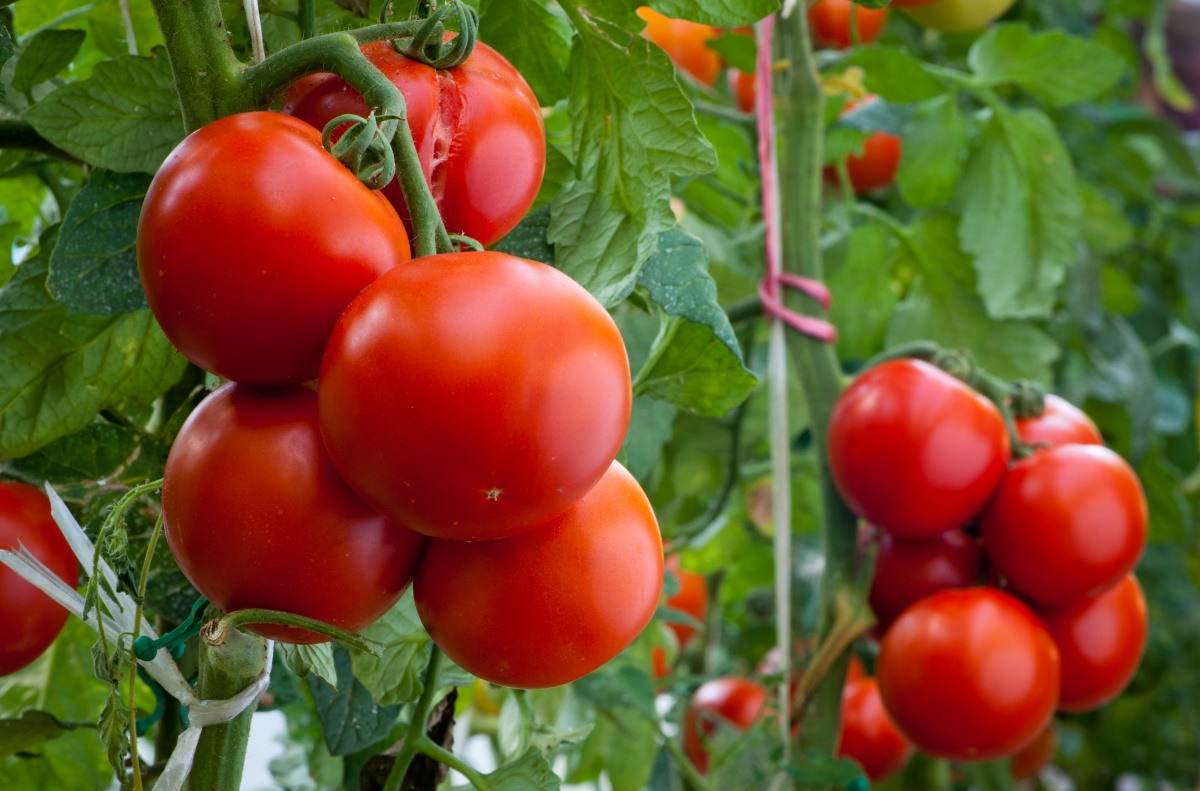The germination period of a seed is the most vulnerable in a plant's life. Despite the fact that many people complain about the quality or improper storage in the store when the seedling is poorly developed, there are many reasons for the failed planting. You should be aware of them to help the young sprout develop into a strong plant.

Unsuitable storage conditions for seeds
First of all, seeds for storage must be cleaned from the pulp of fruits or berries. Then they are dried in a dark dry place. However, it is worth considering that if you are going to plant seeds next year, the humidity in the storage room should be 75-80%. For long-term use, the seeds must be dried for at least three weeks at a temperature of 32-35 degrees.
It is advisable to store seeds for sowing next year in the refrigerator at a temperature of 4-5 degrees. For long-term storage, seeds are best placed in the freezer. However, it should be borne in mind that if the storage temperature is too low, the seeds can fall into the so-called "deep dormancy" - in this state it is difficult to activate them again.
Seeds expired
This is the most common cause of seed non-germination.
Plant seeds have different shelf life. Parsnip and celery seeds are stored for 1-2 years, onions - 2 or 3 years. Peppers, eggplants, lettuce, spinach, beets, carrots and turnips are stored for 3-4 years, and radishes, radishes and from 4 to 5. Record holders in storage - seeds of corn, beans, watermelon, melon, zucchini, cucumber and pumpkin - on average they are stored for seven years.
Keep in mind that even with a high storage rate, the chances of a successful sowing decrease every year.
The ground is not suitable
Poor germination can be caused by increased acidity of the soil, which increases the activity of soil fungi, or waterlogging, which leads to rotting of seeds. Soil toxicity may increase due to nearby sewers or bottom ponds and lakes.
It is also necessary to alternate crops, since different plants have a need for certain components. Plants with similar needs usually come from the same family.
Incorrect seeding
It is worth considering the period suitable for this particular plant. Early spring is planted from mid-March to mid-April. These include green (dill, parsley, celery), leafy vegetables (salads, horseradish, spinach, rhubarb), bulbous and root vegetables (radishes, rutabagas). For them, the optimal temperature is 3-5 C, with a sowing depth of 7-10 cm.
Further, from mid-April to the end of May, middle-spring crops are planted. The soil temperature is within + 5 ... + 8C, a layer of 8-15 cm. These are: green (chicory salad, leaf celery), vegetables (cabbage, leeks, garlic, beans, beans, corn, sunflower), root crops (beets , carrot).
From early to mid-June - the period for late spring crops. The soil warms up to + 12 ... + 15-17C. The best soil depth is 10-15 cm. Tomatoes, beans, melons (melons and watermelons), basil, marjoram, root vegetables (carrots, beets, tomatoes, eggplants, peppers, cucumbers, pumpkin) are sown at this time.
Improper watering
The soil should be moistened before sowing the seeds. If you do this afterwards, the seeds will be drawn in along with the water. This will lead to long germination.
After sowing, it is best to use a spray bottle with room temperature water.
Unsuitable environmental conditions
It is worth considering not only the temperature at the beginning of sowing, but also for the next two weeks: with a sharp drop in temperature, the seedling may slow down its growth or even die.
For good development in the soil, most seedlings need a temperature of + 20C and an air humidity of 60-85%.


